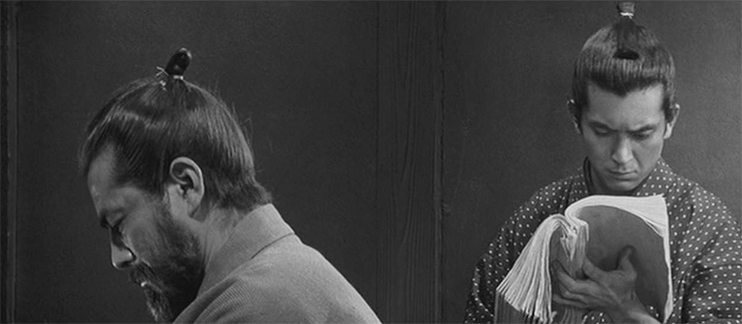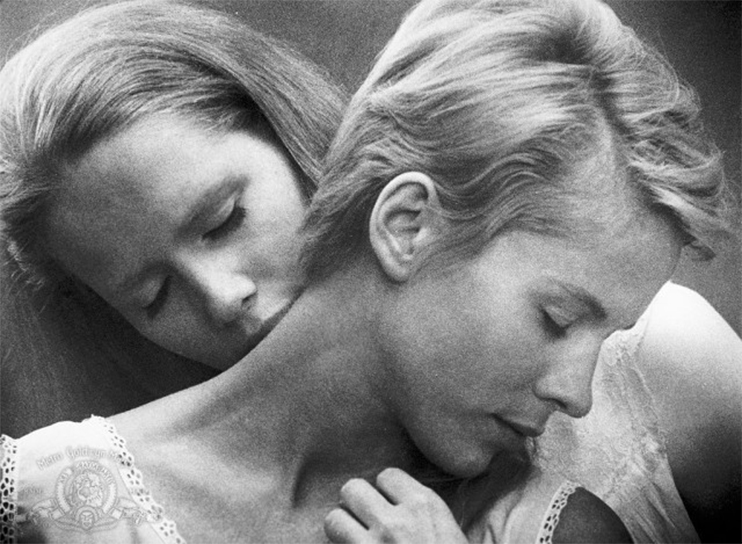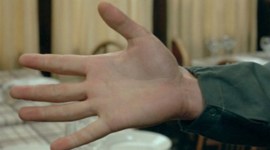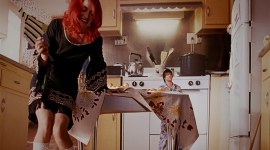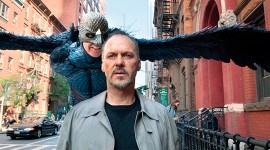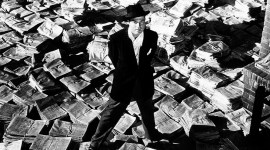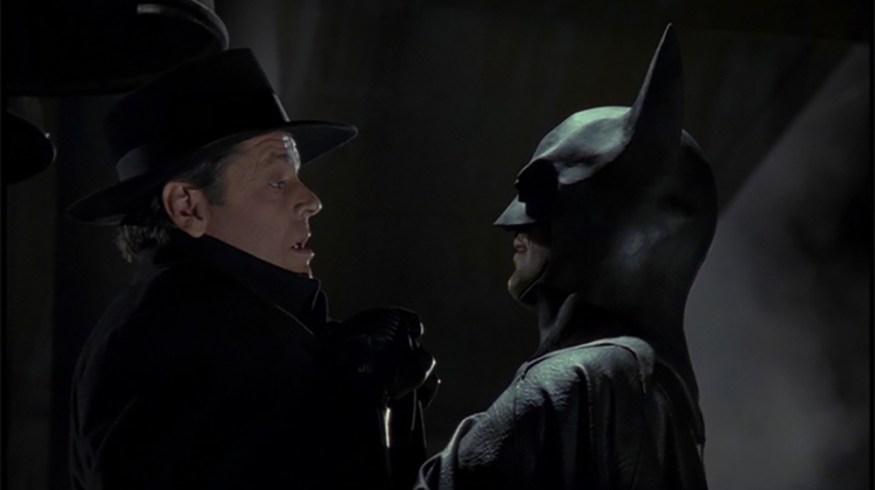
Cinematography Techniques: Cinematic Flattening in Profile
Learn how to creatively flatten cinematic images for your next video production by using profile framing.
In the visual medium of filmmaking, it’s often too easy to accidentally flatten the imagery and perspectives. After all, the end result will be projected, or viewed, on a flat screen. For this reason, filmmakers and videographers often fight against flat imagery by invoking depth and perspective shots in their work. But flattening your images can be done simply and creatively. Let’s consider a couple of approaches.
Suppressed Identity

When it comes to staging and framing the human subjects of your movie, it’s often preferable to set your camera at an angle to the subject’s position. This not only allows the viewer to see the subject’s face in its full expressive capacity, but it also creates a sense of dimension in the facial features.

One of the flattest ways to frame your subject is from the side, with the individual in profile. Framed in this way, the subject is suddenly imbued with a visual tension that can connect directly to the content of your film. In the George Lucas film, THX 1138 (both images above via Warner), the main character, played by Robert Duvall, is actively fighting against the flattened identity preferred by the repressive future society in which he resides.
Hidden Identity

In Hitchcock’s Vertigo, the character of Madeleine (as played by Kim Novak) is first glimpsed by Scottie (James Stewart) in profile (see above image via Paramount), lending a mystery to her actual identity.
In The Pervert’s Guide to Cinema, Slavoj Žižek identifies this perspective as Scottie’s fear of fully seeing Madeleine. This fear permits Scottie to fill in Madeleine’s partial identity with his own subjective fantasies. This partial identity enlists the audience into participating in the subjective character creation.

Although this example from Hitchcock is clearly an example of Laura Mulvey’s concept of the male gaze in all three manifestations, the takeaway is how the profile shot can become a means for filmmakers and videographers to interrogate the identity of characters within the story world from both the perspective of the other characters and the eventual viewers of the finished film.
Conjoined Identities

When another person is added to the profile shot, the effect becomes more complicated. A dual profile can be a way of joining characters together at their most flattened, as seen above in Minority Report (via 20th Century Fox), whereas staging one character in profile and the second character facing forward can both join and disconnect characters, depending on the context. As seen below, Akira Kurosawa and Ingmar Bergman made great use of profile framing throughout their work.
 The Silence via Criterion
The Silence via Criterion
The dual profile can be used to clearly signify conflict and battling perspectives especially when conjuring the art associated with comics and graphic novels. As in the 1989 Batman (top image), character motivations, when rendered in profile, can become clearly oppositional, more direct, and less emotive. The result is a more animalistic and brutal depiction of onscreen characters.
Conclusion
The ambiguity that results from profile framing can be used to build up to a visual release in the emotional states of the onscreen characters by less two dimensional means. Hitchcock reverses the flattened perspective of the profile shots when he employs a circular dolly shot late in Vertigo (via Paramount).
There are plenty of other ways to cinematically flatten your image. High key lighting is a very common technique that tends to reduce the dimensionality of shadows and smooths out the facial features of your subjects.
Telephoto lenses flatten perspective and can be used to visually reduce the proximity between subjects in the shot. Telephoto lenses can also make it seem like your character is on a road to nowhere.
But when it comes to simple, dramatic flattening, profile framing can be used to great effect to veil the identities and emotions of your onscreen subjects.
What are your favorite examples of profile framing? Share them in the comments below!


